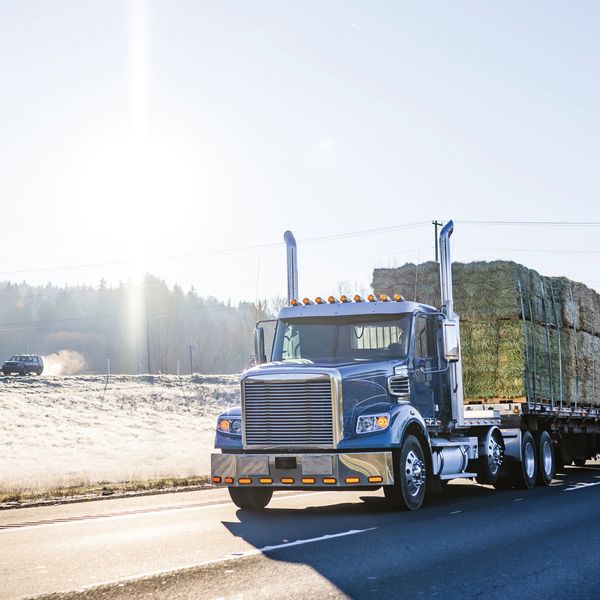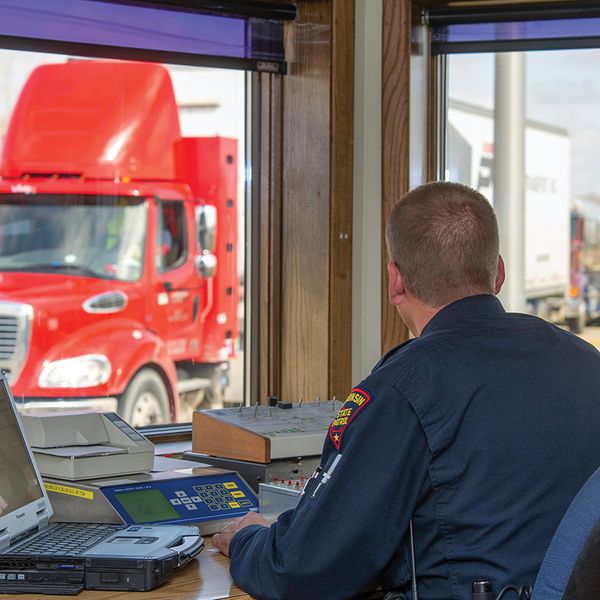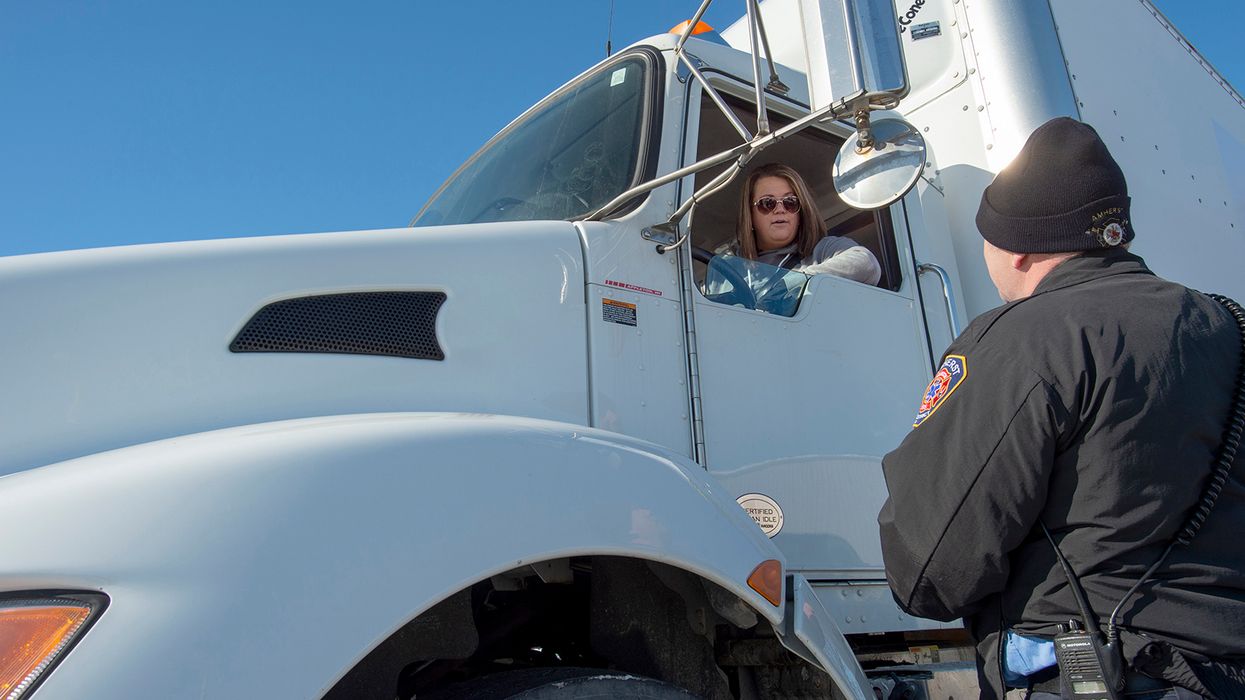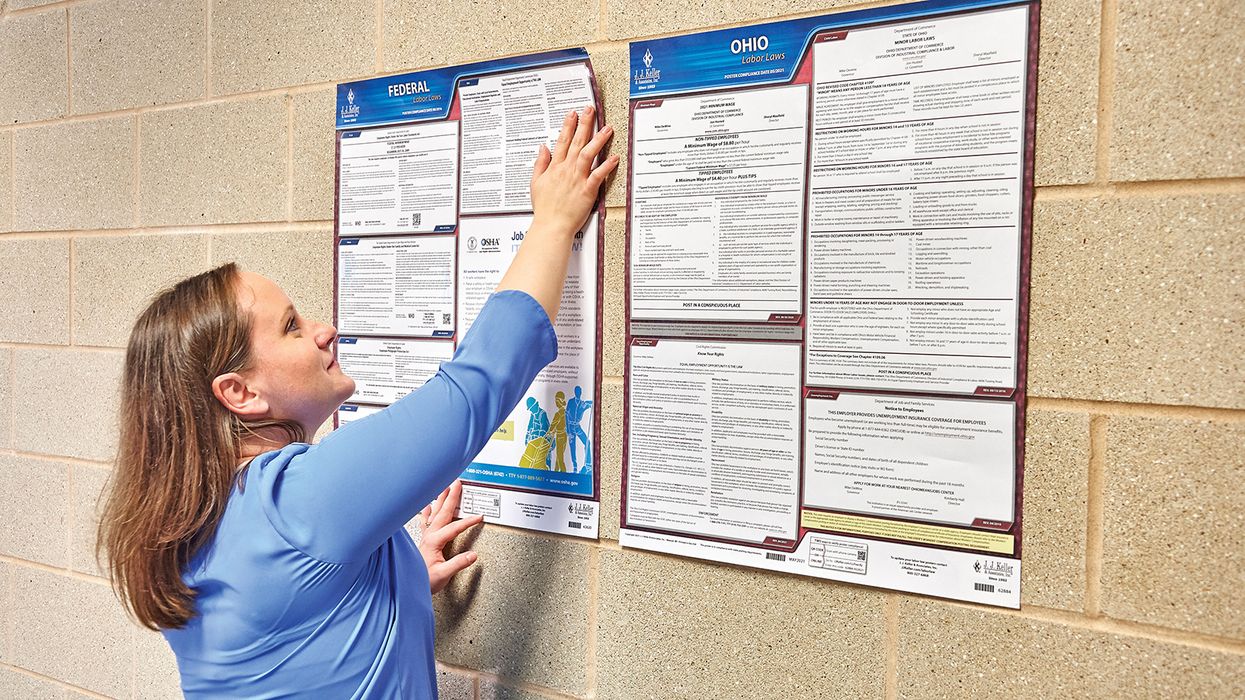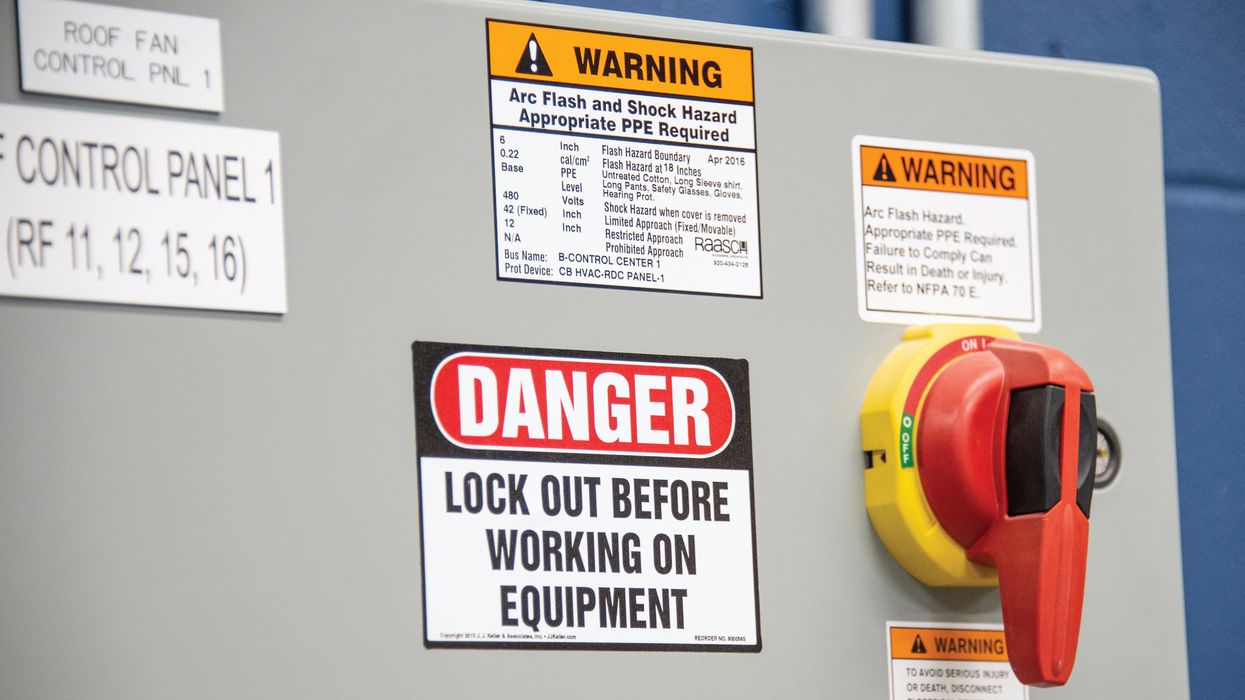Running overweight
Lately, many carriers have been asking the question, “What is the maximum I can carry with my truck or combination?” What they really want to know is the maximum gross weight allowed. There is a reason, though, why it is called a maximum. It represents the most that can be carried...but only if everything is in perfect balance.
There are two primary limiters of weight; the first is the “rated” gross value and the second is the “allowed” gross value. These two are not just applied to the vehicle(s), they are also applied to axle groups, axles, and tires.
Unless the vehicle has had significant post-production modifications, the ratings are set by the manufacturer of the vehicle and by the manufacturers of the components. The allowed weights are set, regulated, and enforced by federal, state, and local government agencies. This variance of enforcement of the allowed weights is why compliance can be difficult. The allowed gross might be further restricted by the carrier during the registration process ― the heavier the vehicle, the steeper the price to register. Some carriers may want to save some expense by registering their commercial vehicles at the average gross vehicle weight rather than the heaviest. This can lead to the driver or carrier being surprised when an overweight violation and citation is received.
Maximum may never be met
Usually, the maximum gross weight allowed will be the state’s maximum allowed gross. Carriers must be careful though, because unless the load is perfectly balanced across the axles and groups, the maximum is rarely met due to one of the other limits being reached first. These limits include:
- The allowed axle weight(s) based on the state or local statutes
- The allowed axle group weight based on the bridge law (each combination of axles and distance is determined separately)
- The allowed weight per tire or inch of tire width
- Each tire’s rating, and
- The registered vehicle weight
Other than tire ratings, exceeding a rated value is more likely to be enforced as a safety issue. In addition, a plaintiff’s attorney may focus on exceeding manufacturer’s rated values in any litigation resulting from a fatal or injury accident.
Different roads, different limits
The Federal Highway Administration (FHWA) sets weights that the state must allow on interstate highways, including the maximum gross vehicle weight at 80,000 pounds, the maximum gross weight upon any one axle at 20,000 pounds, and the maximum gross weight on tandem axles at 34,000 pounds. The FHWA continues by covering the relation of tire width and axle ratings, “States may not limit tire loads to less than 500 pounds per inch of tire or tread width, except that such limits may not be applied to tires on the steering axle. States may not limit steering axle weights to less than 20,000 pounds or the axle rating established by the manufacturer, whichever is lower.” Adding additional uncertainty to the “mays” and “may nots” is the fact that there are grandfathering dates and other exclusions.
States can set their own limits, which can be higher or lower, on state and other highways. When a vehicle or load is nondivisible, the FHWA allows the states to issue special permits. The permit process and the weights allowed by them can be as varied as the states themselves. Permits may, in addition to an increase in the approved gross vehicle weight or gross combination weight, provide increases to the allowed axle and group weights.
A nondivisible load or vehicle is defined as “weight limits which, if separated into smaller loads or vehicles, would compromise the intended use of the vehicle, i.e., make it unable to perform the function for which it was intended; destroy the value of the load or vehicle, i.e., make it unusable for its intended purpose; or require more than eight work hours to dismantle using appropriate equipment.”
It is human nature to be focused on the “big picture” when it comes to allowed gross weights. To avoid an “I’m getting a citation for what?” moment, it is important to be aware of all the vehicle’s component weight ratings and the allowances for the local, state, and federal roads on which the vehicle is operating. The larger the area of operation, the more difficult the compliance task is, but also the more important.






